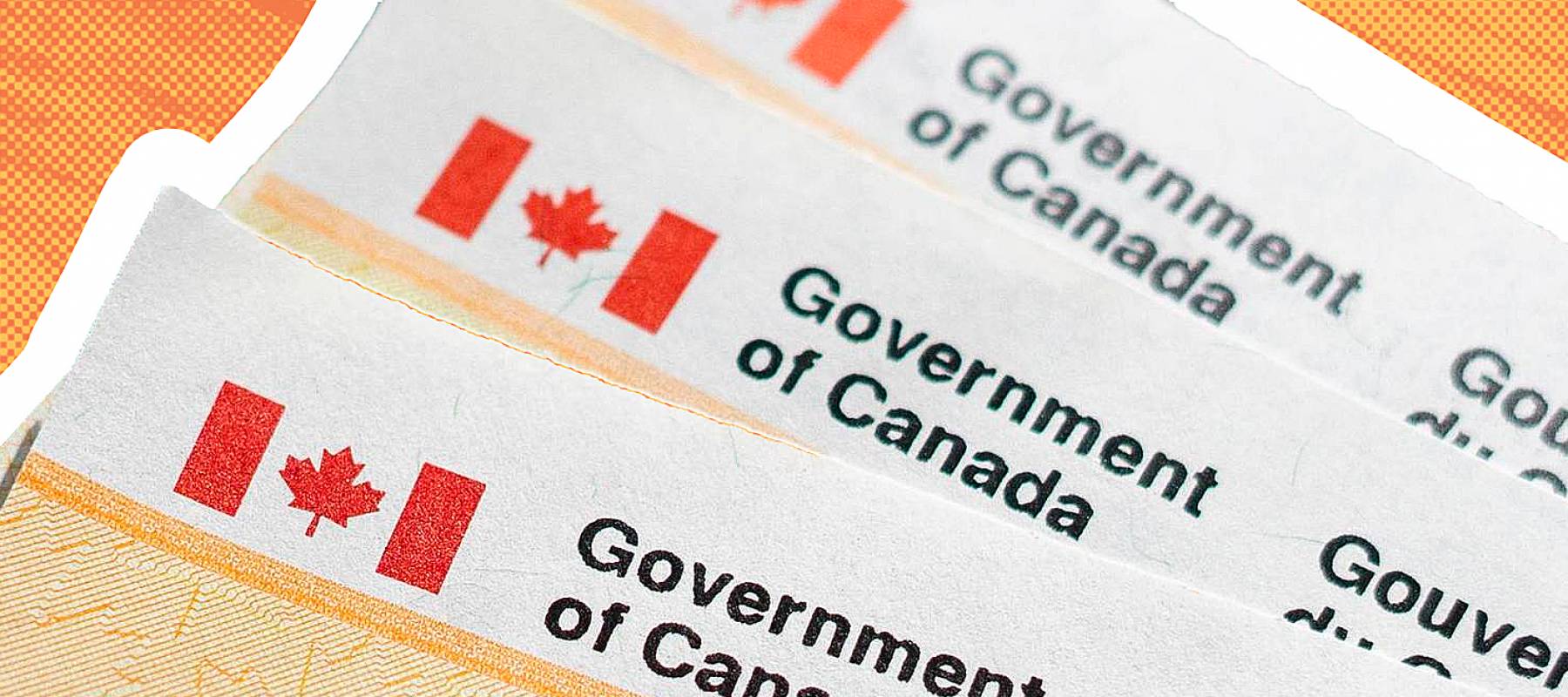Why companies insure their own people
There are three main reasons why a private corporation insures the lives of its key people, says Kevin Wark, tax advisor for the Conference for Advanced Life Underwriting and Managing Partner at Integrated Estate Solutions in Toronto.
First, the company has borrowed money and the lender asked for security in the form of life insurance on the owner/managers. That insurance becomes collateral to ensure the business’s loans can be repaid if a key person dies.
“The policy protects the financial institution as well as the key people’s families, because they won’t be burdened with any debt the company took on,” says Wark.
Second, two or more shareholders have a legal agreement to buy each others’ shares. Raising the cash to buy them can be challenging if an owner dies, so the company buys insurance that will fund the cost of acquiring those shares.
Third, if it’s a family-owned business that will be passed on to the owner's children, they may want the insurance money to go to the estate and pay the taxes on the growth in value of the company shares that will be inherited.
Unexpected vet bills don’t have to break the bank
Spot Pet Insurance offers coverage for treatment of accidents, illnesses, prescriptions drugs, emergency care and more.
Plus, their preventative care plan covers things like routine check-ups, microchip implantation, and vaccinations, if you want to give your pet the all-star treatment while you protect your bank account.
Get A QuoteWhy a business seller would want to keep the insurance
You probably started your business when you were young and bought a permanent insurance policy to ensure coverage would last the entire time you own your company.
Permanent insurance products also have level premiums and can eventually be fully funded. So, when you decide to sell, the corporation’s policy on your life may have considerable cash value built up inside the policy’s savings component.
“The company paid the premiums for a number of years and that creates a value in the policy,” says Wark.
Now all you need to do is get the insurance out of the business and put it into a structure that pays it to your estate or your named beneficiaries.
Watch for tax consequences
You’ll need to move the policy tax-efficiently, Wark says. There are two main issues.
First, the transfer of the policy is treated like a sale and rules in the tax act spell out how much value the policy has gained since it was taken out.
For transfers to a shareholder, the tax act calculates the proceeds as the greater of three amounts: the cash-surrender value of the policy, the cost of the policy and whether cash or other consideration was paid for the policy.
Wark says there could also be a taxable gain for the corporation. If you don’t pay for the policy when you sell your shares and the policy gets transferred, the Canada Revenue Agency (CRA) could say you received a taxable benefit equal to the fair value of the policy.
“It’s a transfer of an in-force policy, and the fair-market value of that policy could be high,” Wark says.
That can be particularly true for someone who’s older, or in poor health, and would have a hard time getting a replacement policy.
Canada’s top credit cards—find your perfect match!
Maximize rewards, save on interest, or earn cash back. Compare the best credit cards in Canada and pick the one that works for you!
Find Your Card NowPlan ahead to prevent a tax hit
The worst-case scenario for taking a policy out of a company is for them to transfer it to you without any payment being made. That could trigger tax reporting within the company because the CRA sees it as a policy sale. Plus, there’s a shareholder benefit equal to the fair-market value of that insurance policy.
“We see situations where policies are transferred because the person hasn’t gotten advice,” says Wark. “All of a sudden, they have to deal with these very adverse tax consequences.”
A better solution is for the company to pay the policy out to you as a dividend, but at its full value. So, if it was a $1 million policy with a $100,000 cash-surrender value, Wark says, you’d take it to a valuator and they would say it’s worth $200,000.
“We convert that to a $200,000 dividend and pass the policy out as payment,” he says. “That way you get the dividend tax credit and the total tax liability is lower.”
But, the best way to transfer a policy is to do what’s called a share reorganization. You set up a holding company (that you own) and insert it between yourself and the operating company that you’re selling.
The operating company then pays out the insurance policy as a dividend to the holding company.
“Generally, dividends paid between corporations and holding companies are tax free,” says Wark. “So the policy goes into the holding company, which the shareholder continues to own after selling the operating company.”
There’s still one concern: A provision of the tax act could convert the dividend into a capital gain under certain circumstances.
“You can deal with it by having a holding company in place [when you start your business] so that it owns the insurance,” says Wark. “The holding company or operating company can be the beneficiary. And because the policy is not transferred out of the holding company, the negative tax consequences can be avoided.”
In other words, plan way ahead.
Sources
1. CFIB: Over $2 trillion in business assets are at stake as majority of small business owners plan to exit their business over the next decade (Jan 10, 2023)
Trade Smarter, Today
Build your own investment portfolio with the CIBC Investor's Edge online and mobile trading platform and enjoy low commissions. Get started today!









